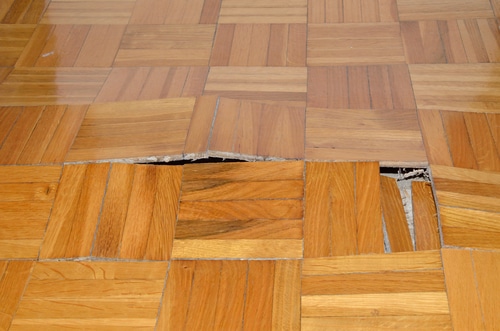Reveal Concealed Water Line Leaks: 6 Proven Detection Techniques
Reveal Concealed Water Line Leaks: 6 Proven Detection Techniques
Blog Article
They are making a few good pointers on the subject of Hacks to detect leaks overall in this great article below.

Early discovery of dripping water lines can reduce a potential disaster. Some little water leakages may not be noticeable.
1. Check Out the Water Meter
Every residence has a water meter. Checking it is a proven way that aids you discover leakages. For starters, shut off all the water resources. Guarantee no person will purge, make use of the faucet, shower, run the cleaning maker or dishwashing machine. From there, go to the meter and watch if it will transform. Given that nobody is using it, there should be no activities. If it moves, that indicates a fast-moving leak. Furthermore, if you find no changes, wait an hour or more and also check back once more. This means you may have a slow-moving leak that might even be below ground.
2. Check Water Intake
If you detect abrupt adjustments, regardless of your usage being the same, it implies that you have leakages in your plumbing system. A sudden spike in your costs shows a fast-moving leakage.
A consistent boost every month, also with the same practices, reveals you have a slow leakage that's also gradually rising. Call a plumber to extensively check your property, especially if you feel a warm area on your flooring with piping below.
3. Do a Food Coloring Examination
When it comes to water usage, 30% comes from toilets. If the shade somehow infiltrates your dish during that time without flushing, there's a leakage in between the tank and also bowl.
4. Asses Outside Lines
Don't fail to remember to check your outside water lines also. Test faucets by connecting a yard hose. Ought to water permeate out of the link, you have a loose rubber gasket. Replace this and also ensure all connections are limited. It will help get it properly checked out as well as kept every year if you have actually obtained a sprinkler system. One little leakage can lose tons of water and increase your water expense.
5. Check and Examine the Situation
Homeowners must make it a behavior to check under the sink counters as well as also inside cabinets for any kind of bad odor or mold development. These 2 red flags show a leak so timely focus is needed. Doing regular inspections, also bi-annually, can conserve you from a major issue.
Examine for discolorations as well as compromising as most pipelines and home appliances have a life span. If you believe leaking water lines in your plumbing system, do not wait for it to escalate.
Early detection of dripping water lines can mitigate a prospective catastrophe. Some little water leakages might not be visible. Inspecting it is a surefire method that helps you uncover leakages. One tiny leakage can waste heaps of water as well as spike your water expense.
If you suspect dripping water lines in your plumbing system, don't wait for it to rise.
WARNING SIGNS OF WATER LEAKAGE BEHIND THE WALL
PERSISTENT MUSTY ODORS
As water slowly drips from a leaky pipe inside the wall, flooring and sheetrock stay damp and develop an odor similar to wet cardboard. It generates a musty smell that can help you find hidden leaks.
MOLD IN UNUSUAL AREAS
Mold usually grows in wet areas like kitchens, baths and laundry rooms. If you spot the stuff on walls or baseboards in other rooms of the house, it’s a good indicator of undetected water leaks.
STAINS THAT GROW
When mold thrives around a leaky pipe, it sometimes takes hold on the inside surface of the affected wall. A growing stain on otherwise clean sheetrock is often your sign of a hidden plumbing problem.
PEELING OR BUBBLING WALLPAPER / PAINT
This clue is easy to miss in rooms that don’t get much use. When you see wallpaper separating along seams or paint bubbling or flaking off the wall, blame sheetrock that stays wet because of an undetected leak.
BUCKLED CEILINGS AND STAINED FLOORS
If ceilings or floors in bathrooms, kitchens or laundry areas develop structural problems, don’t rule out constant damp inside the walls. Wet sheetrock can affect adjacent framing, flooring and ceilings.
https://www.servicemasterbyzaba.com/blog/how-to-detect-water-leakage-in-walls/

We hope you enjoyed our excerpt about Top leak detection hacks. Many thanks for spending some time to read our post. If you please take the opportunity to distribute this blog entry if you appreciated it. Kudos for your time. Please check up our blog back soon.
Excellence? Just call! Report this page